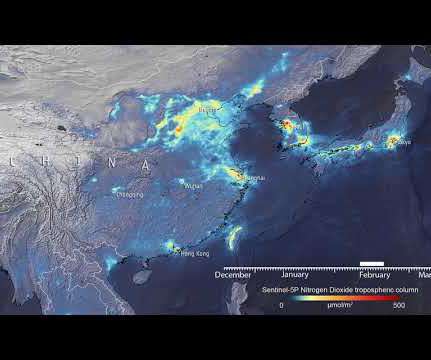UB study finds link between ambient ozone exposure, artery wall thickness
Green Car Congress
MAY 31, 2019
Long-term exposure to ambient ozone appears to accelerate arterial conditions that progress into cardiovascular disease and stroke, according to a new University at Buffalo study. The study found that chronic exposure to ozone was associated with a progression of thickening of the main artery that supplies blood to the head and neck.
























Let's personalize your content